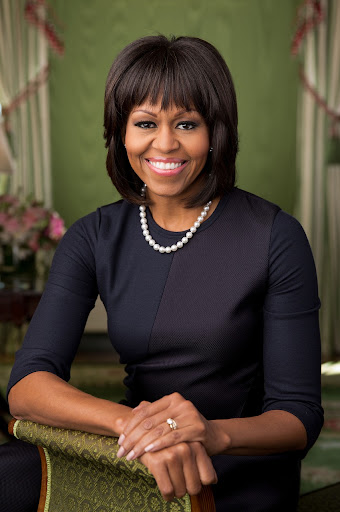Introduction
In recent years, the issue of pay disparity in sports has gained significant attention. Female athletes, despite their remarkable achievements and contributions to their respective sports, continue to face persistent pay gaps. This discrepancy not only reflects how women are seen and valued in the world of sports but also highlights the need for equal pay across all industries. In this article, we will explore the challenges faced by female athletes in the battle for equal pay, the progress made so far, and the work that still needs to be done.
The Trailblazers: Billie Jean King and the U.S. Open
Fifty years ago, tennis legend Billie Jean King took a stand for equal pay at the U.S. Open. In 1972, King and her female colleagues threatened to boycott the tournament unless they were paid equally. This courageous act led to a significant turning point in the fight for gender equality in sports. King’s efforts resulted in the formation of the Women’s Tennis Association (WTA) and marked the beginning of equal prize money for male and female players at the U.S. Open from 1973 onwards.
Michelle Obama, in a recent speech at the U.S. Open, emphasized the importance of King’s actions and the need to continue fighting for equal pay. She highlighted that progress made in the past is at risk of being undermined if we are not vigilant and proactive in advocating for gender equality.
Progress Made and Challenges Ahead
While the U.S. Open now offers equal prize money for male and female players, there are still other tennis tournaments that have yet to catch up. The Western & Southern Open, for example, continues to have a significant pay gap between male and female champions. Novak Djokovic, the men’s singles champion, earned $1.02 million, while Coco Gauff, the women’s singles champion, received only $454,000. The Women’s Tennis Association (WTA) has set a goal to achieve equal prize money at all tennis tournaments by 2033, but there is still work to be done to bridge the gap completely.
The issue of pay disparity extends beyond tennis. A study conducted by BBC Sport in 2017 revealed that 20% of sports had a gender pay gap for their elite athletes. While progress has been made in some sports, there is still a long way to go. Forbes’s 2023 ranking of the world’s highest-paid athletes further exemplifies this disparity, with only one woman, Serena Williams, breaking into the top 50. It is clear that gender pay gaps persist across various sports, and concerted efforts are needed to address this issue.
Soccer’s Pay Gap and the Battle for Equal Treatment
Soccer, one of the most popular sports globally, has also faced scrutiny regarding its gender pay gap. During the 2023 Women’s World Cup, it became evident that the prize money for the tournament was significantly lower than that of the men’s World Cup. While FIFA’s payouts are still unequal, the U.S. women’s soccer team made strides towards pay parity by negotiating a pooled prize money system with their male counterparts. This agreement ensured that prize money would be split equally between both teams, marking a significant victory in the fight for equal treatment in soccer.
The Impact Beyond Sports
The battle for equal pay in sports goes beyond the realm of athletics. Michelle Obama, in her speech, emphasized that the fight for equal pay is about how women are seen and valued in society. It is a reflection of the broader issue of gender equality and the need to dismantle systemic barriers that hinder women’s progress in all aspects of life. Achieving equal pay in sports is not just about fair compensation for athletes; it is about creating a more just and equitable future for all.
The Role of Advocacy and Action
To address the persistent pay gaps in sports, it is crucial for individuals, organizations, and governing bodies to take proactive steps towards change. Advocacy plays a vital role in raising awareness and driving conversations around gender equality in sports. Athletes, both male and female, have a platform to speak out against pay disparities and advocate for equal treatment. By using their influence and amplifying their voices, athletes can contribute to the ongoing fight for equal pay.
Furthermore, governing bodies and organizations must take responsibility for implementing policies and initiatives that promote gender equality in sports. This includes establishing equal prize money structures, providing equal opportunities for sponsorship and endorsement deals, and creating an inclusive and supportive environment for all athletes.
The Importance of Continued Efforts
While progress has been made, it is crucial to remain vigilant and continue the fight for equal pay in sports. The gains achieved can easily be eroded if we become complacent. As Michelle Obama pointed out, progress can be taken away if we are not mindful and proactive in protecting the advancements made toward gender equality. It is essential to remember, advocate, organize, speak out, and use our platforms to push for change.
The battle for equal pay in sports is not limited to one generation; it is an ongoing struggle that will impact future generations. By working together and demanding equal treatment and compensation for female athletes, we can create a more inclusive and equitable future for all.







